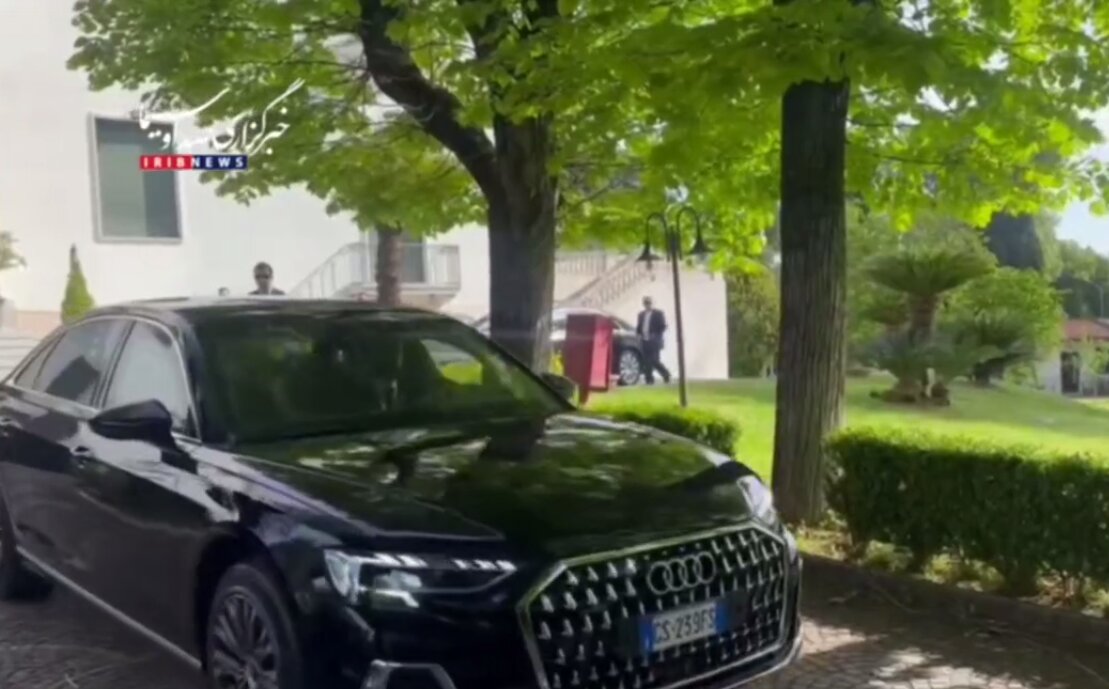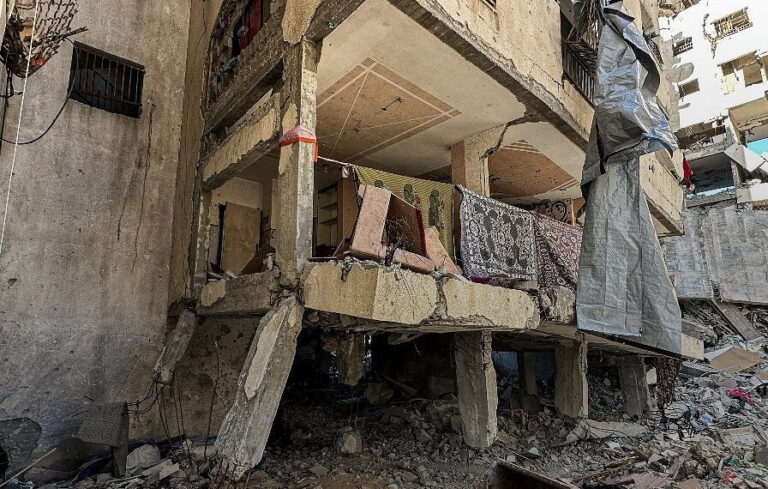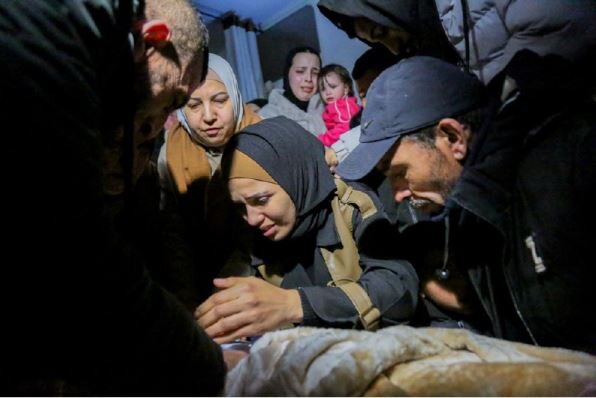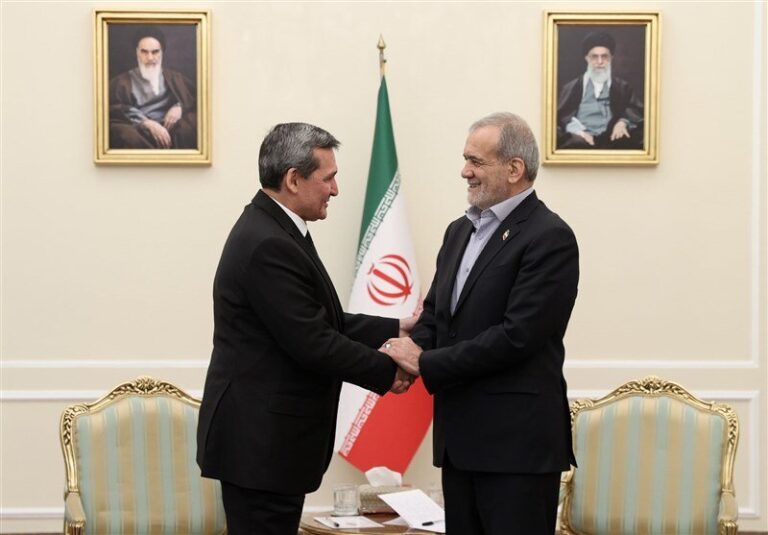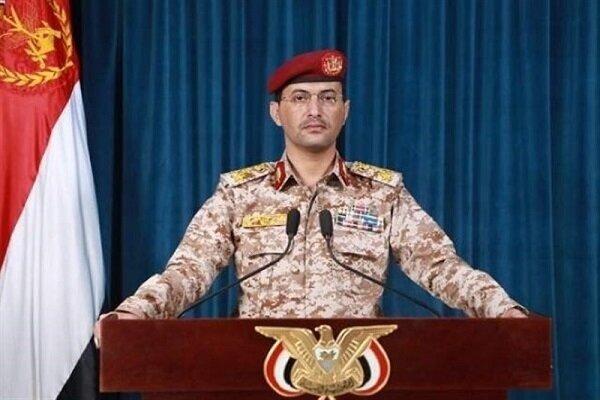Breaking: Iran’s Chief Diplomat Visits Italy’s Foreign Ministry for Key Talks
In a significant diplomatic development, Iranian Foreign Minister Abbas Araghchi arrived in Rome early Saturday morning to engage in the second round of indirect negotiations with the United States. These discussions mark a crucial step in addressing the long-standing nuclear issue and the unilateral sanctions imposed on Iran.
The upcoming negotiations will follow the same indirect format as the initial talks held in Oman on April 12. This approach, driven by Iran’s preferences, means that representatives from both nations will not meet face-to-face but will communicate through mediators.
Here are the key details regarding the talks:
- Location: Rome, Italy
- Key Participants: Iranian Foreign Minister Abbas Araghchi and US delegation led by Witkoff
- Mediation Role: Oman’s foreign minister will facilitate the discussions.
- Goals: Focus on nuclear negotiations and lifting sanctions on Iran.
The first round of negotiations involved a series of structured talks in Oman, where both delegations operated from separate rooms, exchanging messages through the Omani mediator. This method was preferred by Iran, contrasting with former President Trump’s demand for direct communication.
During a brief encounter following the discussions, Minister Araghchi described the atmosphere of the talks as “productive, calm, and positive.” He emphasized the mutual interest in reaching an agreement quickly, stating, “Both sides have agreed to continue the talks… probably next Saturday.” He further noted, “Iran and the US side want an agreement in the short term. We do not want talks for (the sake of) talks.”
American officials echoed Araghchi’s sentiments, confirming that the atmosphere of the talks was constructive. President Donald Trump remarked that the negotiations with Iran are proceeding positively, indicating a willingness to explore potential resolutions.
The implications of these indirect talks are significant, as they represent an opportunity for both nations to address pressing issues that have strained relations for years. The focus on nuclear negotiations is particularly critical, given the history of tensions surrounding Iran’s nuclear program and the international community’s concerns about its potential development.
In summary, the upcoming negotiations in Rome are set to play a pivotal role in reshaping the future of US-Iran relations. The structured approach, alongside the mediation efforts from Oman, aims to create a conducive environment for dialogue. Both parties appear committed to exploring a resolution that could lead to the lifting of sanctions and a more stable regional landscape.
As we await further developments from these talks, it’s clear that both sides recognize the importance of diplomacy in addressing long-standing conflicts. The outcome of these negotiations could have lasting implications not only for Iran and the United States but also for the broader geopolitical landscape.
In conclusion, the indirect negotiations led by Abbas Araghchi in Rome could mark a turning point in US-Iran relations. With both sides expressing a desire for a timely agreement, the focus now shifts to the discussions ahead, which will be closely monitored by the international community.
